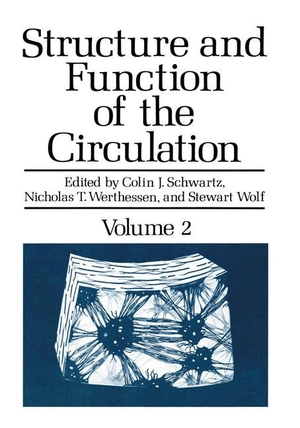Für statistische Zwecke und um bestmögliche Funktionalität zu bieten, speichert diese Website Cookies auf Ihrem Gerät. Das Speichern von Cookies kann in den Browser-Einstellungen deaktiviert werden. Wenn Sie die Website weiter nutzen, stimmen Sie der Verwendung von Cookies zu.
Cookie akzeptieren
Structure and Function of the Circulation
- Springer US
- 2011
- Taschenbuch
- 864 Seiten
- ISBN 9781461332091
Dr. Colin J. Schwartz, the scientific editor of this volume, has stated in his preface that this series is based on the needs identified by two scientific conferences, one in Lindau in April of 1970, and the other held in Heidelberg in October of 1973. Since those conferences, numerous data about vascular disease have been accumulated. Even though atherosclerosis remains the major cause of death in industrial countries, evidence in affluent societies points toward a decline in arteriosclerotic death- strokes and myocardial infarction in particular - during recent years. The most prominent example comes from the U. S. , but other high-risk regions such as eastern
Mehr
Weniger
zzgl. Versand
in Kürze